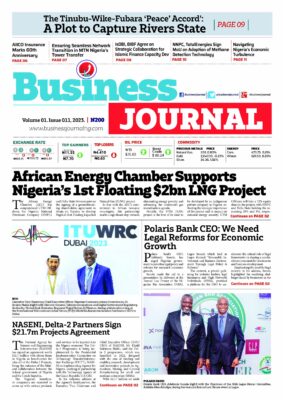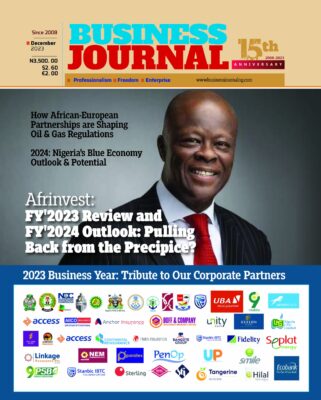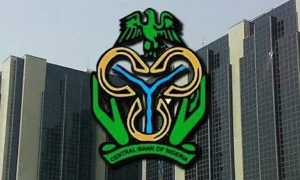NESTLE published Q4-18 and 2018FY results after close of market yesterday, with EPS decline of 7.9% y/y in Q4.
According to Cordros Capital, the y/y EPS decline was weighed by significantly higher operating expenditure, higher effective tax rate, both of which offset the increase in gross margin and net finance income. On the 2018FY EPS of NGN54.26 (+27.5% vs. 2017FY), the board has proposed a final dividend of NGN38.50/s, in line with our estimate, and equates to a yield of 2.55% on yesterday’s closing price.
Q4-18 revenue grew by 9.1%/ y/y, but was below our estimate by 4%. Compared to Q3-18 however, revenue declined by 6.9%, and surprisingly so, given that Q4 has historically been the strongest quarter for NESTLE, from both revenue and earnings perspectives.
The quarterly revenue trend from Nigeria, specifically, is kind of revealing of stagnating volumes; +1.5% in Q2, -0.8% in Q3, and -6.7% in Q4. This suggests that barring a major improvement in the macros, the company would have to raise prices to achieve a meaningful revenue growth in 2019. Looking closer at product segments, NESTLE’s q/q revenue decline in Q4 is linked to the Food segment where volume declined by 11% q/q (+9% y/y), from 4% q/q (12% y/y) growth in Q3-18. Elsewhere, the Beverage segment returned to growth (+9% y/y and 1% q/q) in Q4-18, following a marginal decline in Q3-18 (-1% y/y).
In Q4-18, CoGs grew at slower rate of 4.3% y/y, consequently producing gross profit growth of 11.1% y/y. Gross margin during the period came in line with our estimates of 44.0%, 156 bps higher y/y but below the record high 45.1% in Q3-18.
OPEX surged 33.2% y/y in Q4-18, with the ratio-to-revenue coming in at 26.1% (the highest on record). OPEX is typically high in the final quarter, but last year’s increase beat historical Q4 growth rate (8% average, with a peak of 17% in Q4-17).
The full year result shows a huge 50% increase in advert spending (8% of total OPEX), which is not clear at this stage, what period of the year it was incurred. Other OPEX (26% of total OPEX), with no breakdown yet, also increased by c.16%. This offset the higher revenue growth and stronger gross margin, resulting in EBITDA declining by 9.1% y/y.
NESTLE recorded net finance income of NGN381.57 million (from NGN990.79 million net finance cost in Q3-18) in Q4-18 with 124.6% y/y increase in interest income and 99% y/y decline net FX loss (NGN96 million).
The balance of the USD loan from parent, Nestle S.A, is now significantly low at NGN5.6 billion (USD15.5 million), from NGN18 billion (USD49.7million) in 2017FY and NGN46.5billion (USD152.5 million) in 2016FY, representing 67% of total outstanding borrowings, from 74% and 92% respectively in 2017FY and 2016FY.
Positive is that this significantly immunizes the P&L from FX loss provisions in the event of currency volatility.
Operating cashflow (+194% vs. 2017FY) got a boost from higher net payables (NGN21.7bn), depreciation (75%), and earnings (+28%).
Compared to Q3-18, EPS was down 15.2%, driven by higher OPEX (+23.4%) and much weaker gross margin (-9.2%). Effective tax rate in the quarter was 15.2%, down from 28.1% and 29.5% respectively in Q3 and Q2, resulting from c. NGN3.4 billion accruing to PAT from the recognition of previously unrecognised tax credits.















